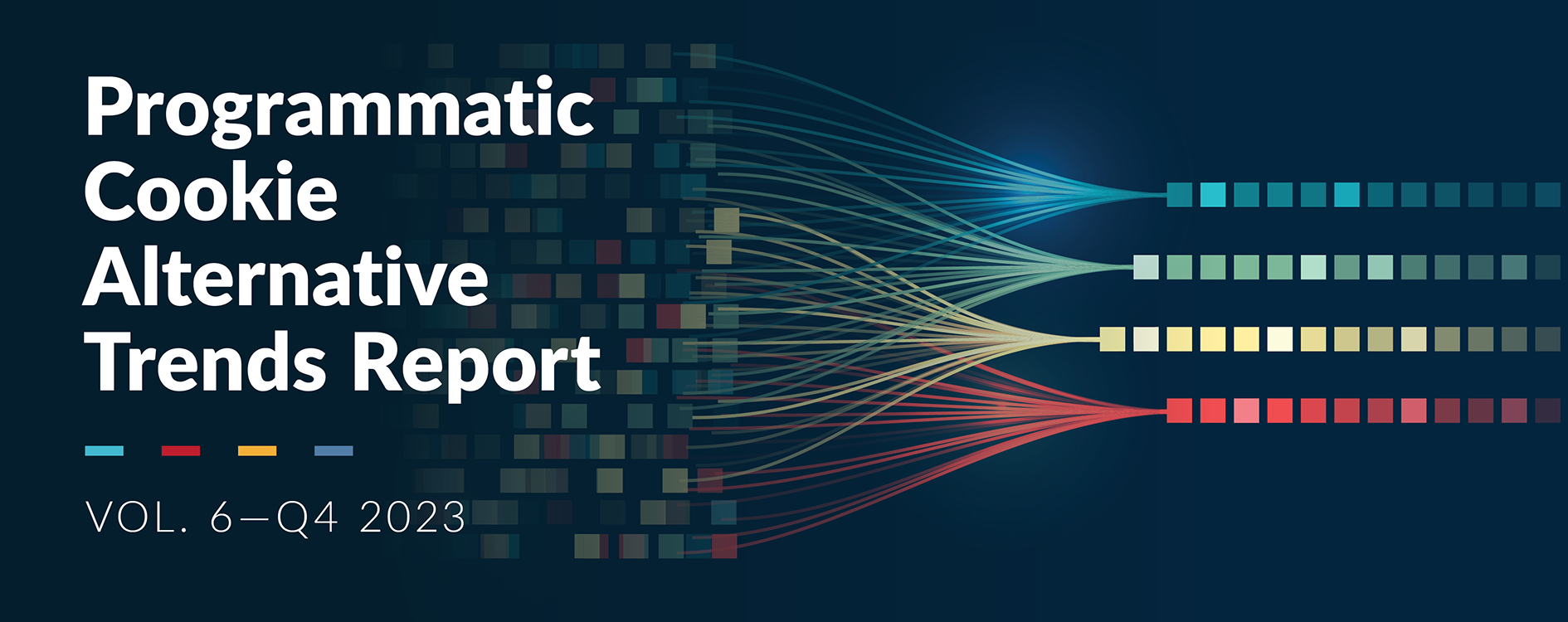Programmatic “in-housing” — or the trend of marketers managing their programmatic media buying directly — remains one of the industry’s hottest topics. We see this reflected in a recent IAB survey which found that 47 percent of brands had brought
“parts of programmatic in house,” while 18 percent had taken it “fully in house.”
In reality, this decision is less binary than it sounds, and more of a spectrum of different approaches that allow marketers to gain better control and transparency over their programmatic media spend. As brands continue to evaluate potential in-sourcing options, here are three key areas that we recommend all marketers understand regardless of their chosen programmatic buying model:
1. The “Supply Path”
Header bidding has dramatically increased both the volume of inventory and the channels for accessing it — but more does not always equal better. To maintain buying efficiency, buyers managing more of their programmatic spend directly must be vigilant about managing their sources of supply.
This notion of supply path optimization (or SPO) also extends to keeping an eye on how platforms like DSPs and exchanges are accessing this inventory. Essentially, a buyer should be able to understand an impression’s journey from the initial bid to when the ad unit is actually served.
For example, how did the SSP get the impression to sell? Which partners along the supply chain are also keeping track of this inventory? And ultimately, what’s the most direct (and likely most efficient) path to the publisher’s audience?
2. Auction dynamics and fees
Taking a more active role in the programmatic buying process also requires a clear understanding of how much of the “ad tech tax” is being paid. While technology partners that provide valuable services along the chain deserve to be compensated, these fees and the way they’re calculated need to be transparent.
Buyers should also educate themselves about programmatic auction dynamics — especially when it comes to header bidded inventory. Understanding the type of auction they’re bidding into is crucial in header bidding, as it can mean the difference between wildly overspending or failing to win auctions (and thus limiting the effectiveness of a given campaign) at all.
3. Brand safety and inventory quality
Last, but certainly not least are the issues of managing brand safety and keeping an eye on inventory quality.
For nearly every marketer, taking control of programmatic spending also means finding the right balance between scale and brand sensitivity. Ultimately, this requires creating a customized process for managing and monitoring site lists and qualitative vetting practices that take into account the unique nature of each brand as well as programmatic KPIs.
And while there are a number of third-party tools that can help marketers validate and verify that the inventory they’re bidding on is viewable (and by humans), some sophisticated marketers are moving beyond standard viewability metrics to understand the impact of different time-in-view thresholds on their overall campaign performance.
Ultimately, the ad tech ecosystem thrives based on the wealth of expertise and innovation that all of the players provide. That includes the agencies and DSPs acting on behalf of the brands, to SSPs, exchanges, viewability vendors and of course, the publishers and advertisers themselves. The shift toward SPO and programmatic “in-housing” are just the latest signs that market is maturing to ensure that there’s real value delivered across the board.








